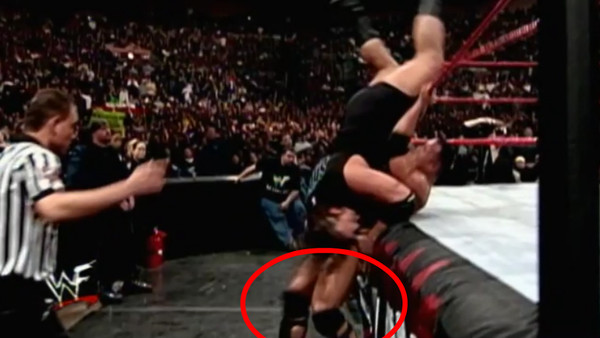

Messages are too large to fit in a single CAN data frame and must be fragmented by the Variable length messages are messages with a length from 9 to 1,785 bytes. Use of the network bandwidth by maximizing the amount of data on the network by The majority of messages in NMEA 2000 are 8 bytes in length. There is only one message which is three bytes in length, and that is the request NMEA 2000 has three different allowed message sizes, they are: 3 bytes, 8 bytes, and variable Engine RPM is one of those seven parameters. Per the specification, "EEC1" has seven different parameters embedded in It identifies the "Electronic Engine Controllerġ" message. In the standard there is a total of 8,672 PGNs.įor an example message, take PGN 61,444.

The PGN serves to identify the message and its data.Īlthough sometimes a message will contain a single parameter (e.g. NMEA 2000 MessagesĪt the heart of NMEA 2000 is the Parameter Group Number (PGN), which is a unique numberĪssigned to every NMEA 2000 message. For details about this encoding, refer to NMEA 2000-21. PF and PS define the parameter group number and destination address, and SA is the source address of the controller application.
HOW TO SET UP A NMEA 2000 NETWORK ISO
P is the priority of the message, EDP and DP make up 4 different pages with one page being reserved for ISO 15765-3. Altogether there are six subfields which are encoded into the 29-bit CAN identifier, they are shown below and are: Priority, Extended Data Page, Data Page, Protocol Format, Protocol Specific, and Source Address. NMEA 2000 uses a simple datalink layer to communicate information. Large messages are fragmented and reassembled, the network speed, the physical layer,Īnd how applications acquire network addresses. The standard goes on to define many other aspects, including message timeouts, how RPM to have a default priority of 3, to have a size of 16-bits, a resolution of 0.125 rpm/bit, It defines the data's priority, size, scaling, and offset. engine RPM) isĮxchanged between electronic control units (ECUs) on a network. NMEA 2000 specifies exactly how information (e.g. NMEA 2000 is a high level communications protocol, which operates on a Controller Area Today NMEA 2000 is usedĪs the standard communications bus for marine equipement. On pleasure craft, tankers, submarines, yachts, and cargo ships for the past 20 years.

NMEA 2000 is a replacement for the NMEA 0183 network which has been used in the marine industry For details on the specification itself, please visit the International Marine Electronics Association (NMEA). This article is intended to give engineers a brief overview of the NMEA 2000 protocol.


 0 kommentar(er)
0 kommentar(er)
